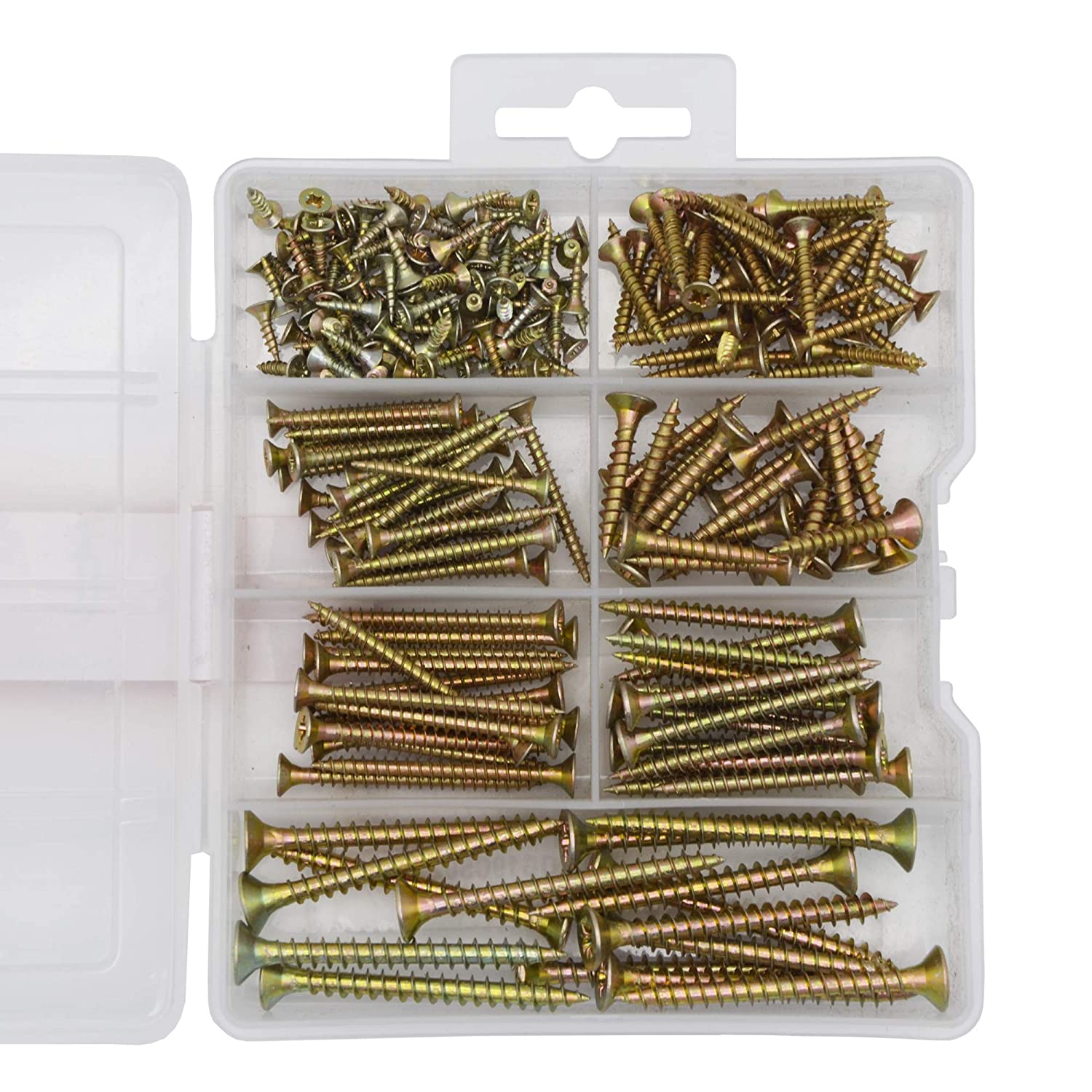Chipboard nails are heat-treated products suitable for power tool installation. They are used for the connection and fastening between wooden boards and between wooden boards and thin steel plates. Fiberboard nails do not need to be used with nuts, the thread is self-tapping, and the tail is pointed. When the triangular tooth self-extruding screw is screwed into the hole on the plastic metal material, the internal thread is formed in the hole by extrusion and a reliable locking thread connection is formed. To a large extent, it can replace the use of ordinary wood screws (wood screws are not heat treated).
In the entire fastener industry, this product is as important as drywall screws. And has a huge sales volume. It is used in furniture manufacturing and other industries. But its use in the DIY market is still limited. At present, domestic consumers purchase this variety in building materials supermarkets, which are used to install rails, hinges (such as 3.5*16, etc.), cooperate with fish expansion installation (such as 4*40, etc.). And replace wood screws to install furniture, cabinets, etc. . It is more cheap to choose the one with better quality, packaging and price. The claw cutting tail fiberboard screw is an improved product of the ordinary fiberboard screw. It is mainly optimized from the design of the thread and pursues a higher drilling speed. And solve the problem of easy cracking when used on hard wood, and the technical content is high.
Although there are many types of fiberboard nails, they all have the following main characteristics:
(1) It is generally made of carburized steel (99% of the total product). Also available in stainless steel or non-ferrous metals.
(2) The product must be heat treated. Carbon steel fiberboard nails must be carburized. And stainless steel fiberboard nails must be solution hardened. In order to make the fiberboard nails meet the mechanical properties and performance requirements of the standard.
(3) The product has high surface hardness and good core toughness. That is, “inner softness and outer rigidity”. This is a major feature of the performance requirements of fiberboard nails. If the surface hardness is low, it cannot be screwed into the matrix. If the toughness of the core is poor, it will break as soon as it is screwed, and it cannot be used. Thus, “inner softness and outer rigidity” is the requirement for fiberboard nails to meet the performance requirements.
(4) The surface of the product needs surface protection treatment, generally electroplating treatment. Some product surfaces require phosphate treatment (phosphating). Such as: wallboard fiberboard nails are mostly phosphating.
(5) It is produced by cold heading process. It is recommended to use high-speed cold heading machine and high-speed thread rolling machine or high-speed planetary thread rolling machine to ensure product quality. The fiberboard nails thus produced have well formed heads and high thread quality.
Post time: Mar-03-2022

